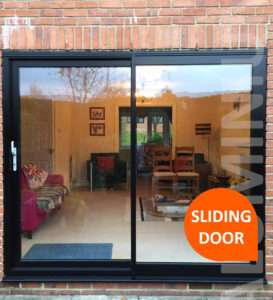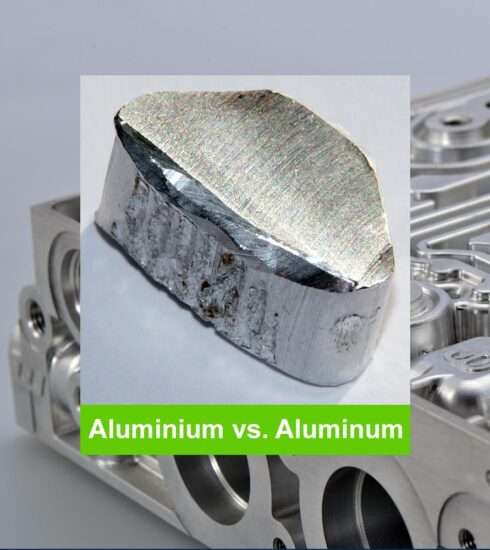Wind Resistance Class in Doors and Windows
When it comes to choosing doors and windows for your home or commercial space, there’s more to consider than just aesthetics and functionality. One crucial factor that often goes unnoticed but plays a significant role in ensuring the durability and performance of these elements is their Wind Resistance class. In this article, we’ll delve into the world of Wind Resistance class in doors and windows, understanding its importance, measurement, and implications.
1. What is Wind Resistance Class?
Wind Resistance class is a rating system that gauges the ability of doors and windows to endure wind loads while effectively preventing air leakage, even under varying wind conditions. This classification system provides valuable insights into how well these elements can withstand wind pressure, measured typically in Pascal (Pa) units.
2. Figuring out Wind Resistance Class
The Wind Resistance class of a door or window is set up through a series of rigorous tests. During these tests, the product is subjected to simulated wind loads of varying intensities. The primary goal is to assess its performance in resisting deformation, air infiltration, and water penetration at different wind load levels.
3. The Rating Scale
The resulting Wind Resistance class rating spans from 1 to 5, with 5 being the highest achievable rating. A higher rating signifies that the door or window is better equipped to withstand the adverse effects of fierce winds. These effects encompass not only air infiltration and water penetration but also potential structural damage.
4. Importance of Wind Resistance
In areas prone to severe winds or storms, the significance of Wind Resistance class becomes clear. Doors and windows with high Wind Resistance ratings play a crucial role in maintaining the safety and comfort of the occupants within a building. They act as a barrier against the elements, reducing the risk of damage and ensuring the structural integrity of the building.
5. Factors Affecting Wind Resistance
Several factors contribute to the Wind Resistance class of doors and windows:
5.1. Design and Materials
The design and materials used in the construction of doors and windows greatly influence their ability to resist wind loads. Sturdy materials and well-thought-out designs enhance the overall performance.
5.2. Installation Quality
Even the highest-rated doors and windows may not deliver if not installed properly. Quality installation ensures a tight fit, minimizing the chances of air leakage and water penetration.
5.3. Location and Building Design
The geographic location and architectural design of a building impact the exposure to wind forces. Buildings situated in open areas or on elevated terrains are often subjected to higher wind loads.
6. Making Informed Choices
As a homeowner or building manager, understanding the Wind Resistance class of doors and windows empowers you to make informed decisions. Assess the Wind Resistance rating based on your region’s weather conditions and the specific requirements of your building.
7. Conclusion
In conclusion, the Wind Resistance class of doors and windows plays a pivotal role in deciding their ability to withstand wind pressures and maintain structural integrity. It’s an essential consideration, especially in areas prone to high winds or storms. By choosing doors and windows with higher Wind Resistance ratings, you’re investing in the longevity, safety, and comfort of your living or working space.
FAQs
Q1. How is Wind Resistance class tested?
A1. Wind Resistance class is decided through tests that subject doors and windows to varying simulated wind loads, evaluating their resistance to deformation, air leakage, and water penetration.
Q2. What does a higher Wind Resistance rating mean?
A2. A higher Wind Resistance rating shows better performance in resisting high winds, air infiltration, water penetration, and potential structural damage.
Q3. Are there international standards for Wind Resistance classes?
A3. Yes, there are international standards that outline testing procedures and criteria for Wind Resistance class assessment.
Q4. Can windows with higher Wind Resistance be more energy-efficient?
A4. Yes, windows with higher Wind Resistance ratings often have better air-sealing properties, contributing to improved energy efficiency.
Q5. How does Wind Resistance class relate to hurricane-prone areas?
A5. In hurricane-prone areas, doors and windows with high Wind Resistance ratings are essential to protect against the extreme wind forces associated with hurricanes.










